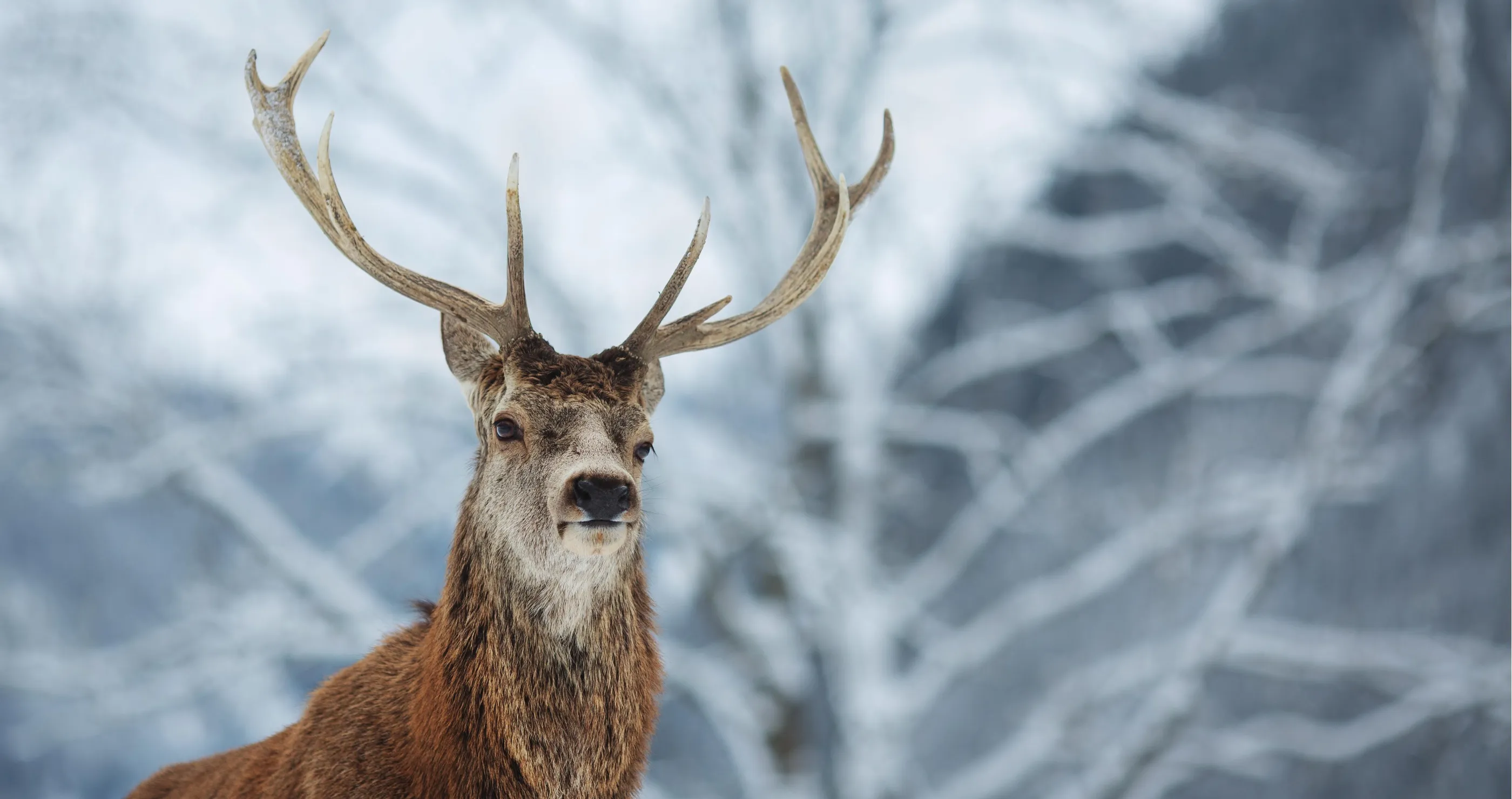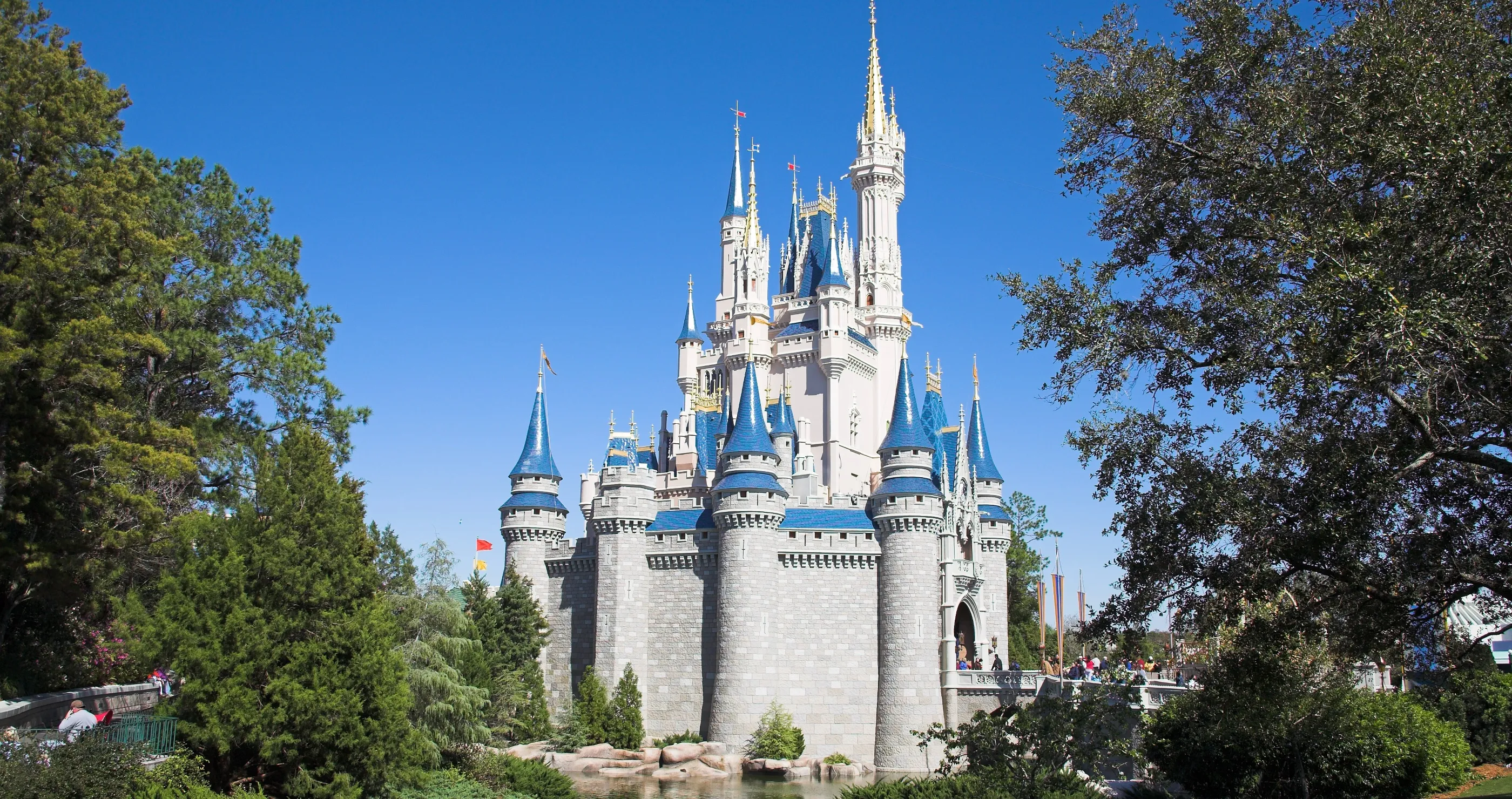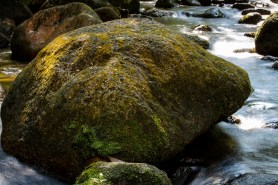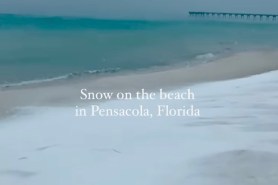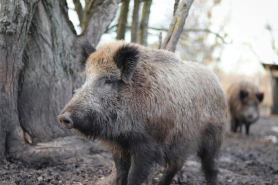

Quoting the Adam Sandler comedy Billy Madison, the National Park Service (NPS) recently posted about fall foliage and the science behind it, starting its social-media post with: “Chlorophyll? More like borophyll!” Do you know exactly why leaves change color in the fall?
Videos by Outdoors
”Let’s take a deeper dive,” NPS wrote in its post. “Leaves are colored by molecules called pigments. The pigment that causes leaves to be green is chlorophyll. Chlorophyll is important for plants to make food using sunlight. During spring and summer, when there is plenty of sunlight, plants make a lot of chlorophyll. In the fall, when it starts to get colder, some plants stop making chlorophyll. As chlorophyll goes away, other pigments start to show their colors. Oh, hi there yellow, orange, and red!”
[RELATED: Top 10 State Parks for Fall Foliage Hikes]
If you’re looking to check out some trees with waning chlorophyll this autumn, consider visiting one of these national parks with prime leaf-peeping potential:
- Shenandoah National Park
- Great Smoky Mountains National Park
- Rocky Mountain National Park
- Grand Teton National Park
- Olympic National Park
- Acadia National Park
See our full list here.
Check out NPS’s explanation of the science behind fall foliage:
Header stock image by Cappi Thompson/Getty Images
